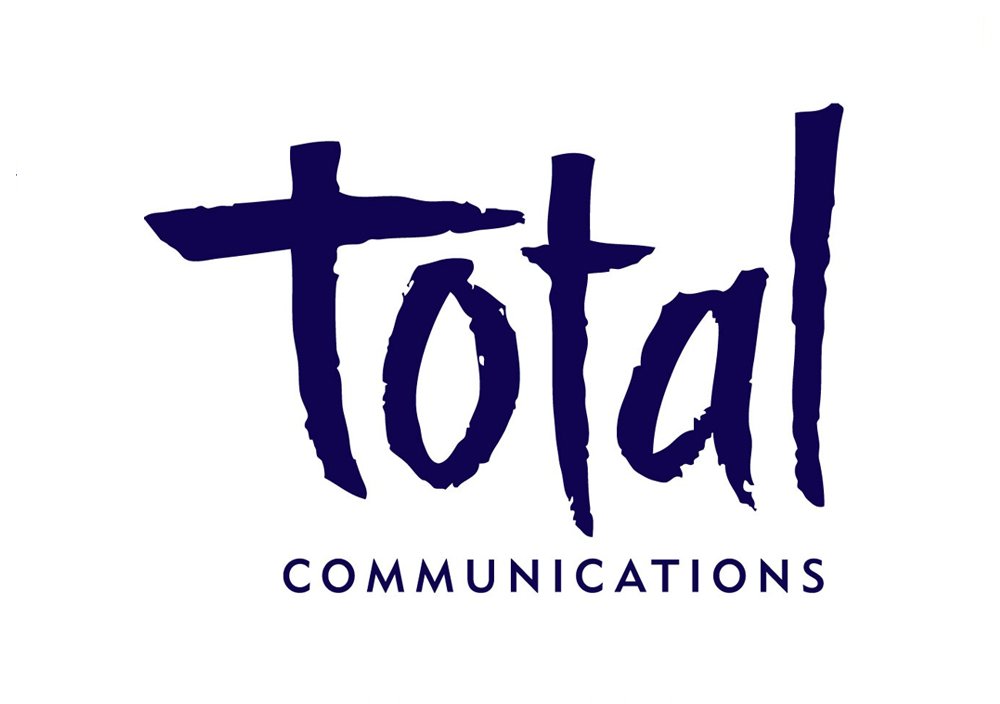Not long ago our CEO was talking to a former PR colleague, an in-house communications head, who was lamenting the lack of creative writing ability displayed by agency professionals.
“They all want to be strategists,” she said, “and none of them can write a half decent press release.”
They both ended up laughing it off, knowing, however, that she had touched on a serious matter, and one very dear to our hearts.
They had each taken the journalism route into PR, learning their trade with the UK provincial press going back to the hot metal publishing days.
The main advantage this gave them, apart from an ability to recognise what a story is, and how to write it, was an understanding of how journalists work, what they need from PR people, and what they don’t need.
On top in the category of what they do want is information on what our clients are doing which is newsworthy. That means something that their readers, listeners or viewers would be interested in reading about.
This is where the big problem often lies. Too many young people entering PR arrive with a good understanding of how to strategise and brainstorm, plan and make presentations, because that’s what they’ve done throughout their studies.
Far too many are unable to grasp what makes news, and therefore find it difficult to provide compelling content which works for any media, be it print, digital or social.
When we produced an agency writing guide we had to avoid the mistake that journalists, and former journalists, often make.
We let our frustration get the better of us because others don’t have the trained news-hound’s mind, or even a natural ability, to churn out great news releases that get our clients great exposure.
Basically, news is something new with an ‘s’ on the end. Identifying what makes news is not something I’ve heard any PR or comms graduate tell me that they studied towards their degree. That’s a shame, and it puts the onus on agencies to help them out.
Our advice to young PR professionals is to ask for help, not wait for it, and devote more time to getting to know what makes news. It isn’t always what your client wants to talk about, and often you need to find a news angle which becomes a vehicle to get their view, their product, or service, noticed.
There’s certainly much more to PR than news release writing. However, story-telling is such a vital component. The versatile, creative writers in our business will always have a big advantage over those lacking in that department.
This is particularly the case in the digital, social media age. If you can’t tell a newsworthy story in a 400-500 word release, what chance have you got of doing it in the space of 140 characters?

